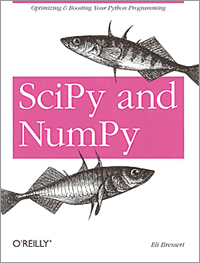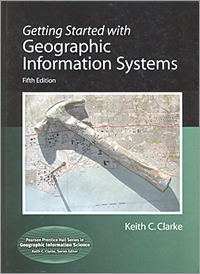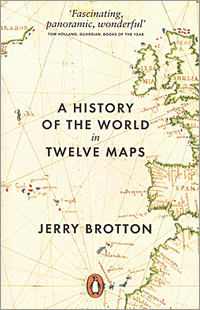SciPy and NumPy

By Eli Bressert
The goal of this slender, illustrated book is to get the reader using SciPy and NumPy quickly. NumPy has been part of the ArcGIS software installation since 9.2. This package for scientific computing in Python includes support for an N-dimensional array object. Many existing Python functions have been created to process NumPy arrays, most notably those contained in the SciPy scientific computing package for Python. In its 82 pages, SciPy and NumPy covers installing and using both Python libraries as well as add-on SciKits packages. O’Reilly Media, 2012, 82 pp., ISBN: 978-1449305468
Getting Started with Geographic Information Systems, Fifth Edition

By Keith C. Clarke
Since it was first published 14 years ago, this introductory text has continued to change as GIS has evolved. The fifth edition features revised chapters on spatial analysis, functionality, and the future of GIS along with a new chapter on terrain analysis. Each chapter includes a study guide and glossary. The People in GIS sections, new with this edition, contain interviews with GIS professionals from around the world. Additional teaching resources are available online. While current with the technology, this text provides the fundamental concepts needed to intelligently use this powerful tool. This volume is part of the Pearson Prentice Hall Series in Geographic Information Science that is edited by the author. Prentice Hall, 2010, 384 pp., ISBN: 978-0131494985
A History of the World in Twelve Maps

By Jerry Brotton
The author chose 12 maps of the world that illuminate aspects of the circumstances and mindset of the cultures that created them. While the creators of these maps faced the same problems of scale, perspective, orientation, and projection, the approaches they employed were strongly influenced by not only cartographic technology but also by religious, political, financial, and even personal considerations. In providing context for each map, Brotton has written a brief history of the world through cartography that is enthralling. He concludes with the inescapable truth that “There is simply no such thing as an accurate map of the world, and there never will be one. The paradox is that we can never know the world without a map, nor definitively represent it with one.” Penguin Books, 2012, 514 pp., ISBN: 978-0141034935

